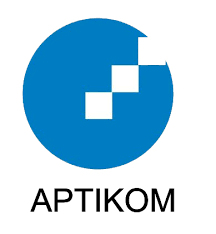Performance of Long Range-Frequency Hopping Spread Spectrum (LR-FHSS) For LoRaWAN Satellite Communication
DOI:
https://doi.org/10.18196/eist.v6i1.26431Abstract
Some factors that need to be developed in the LoRaWAN satellite communication system are using LR-FHSS (Long Range-Frequency Hoppong Spread Spectrum) to increase resistance to frequency interference and jamming, with the technique of using a small bandwidth per channel and operating on the same spectrum. With LR-FHSS devices on Earth can communicate with satellites that have relatively many movements. LR-FHSS uses 137 kHz bandwidth which is divided per channel around 488 Hz, with coding rates of 1/3 and 2/3 and separately modulated headers and payloads, and hop distance is a range of 3-50 kHz. LR-FHSS implementation is for monitoring hard-to-reach areas such as oceans, mountains, deserts, and others, as well as logistics tracking and asset management. LR-FHSS LoRaWAN uses RP2-1.0.1 which is the LoRa Alliance standardization for satellite communication. This research shows the Frequency Hopping Pattern for each device, the graph shows that there are 3 devices, devices 1, 2, and 3, which are spread over the free frequency channel between 0.0 and 17.5 with time slots 0 to 90. CR 1 with Frequency Hopping produces the fastest Time-on-air (ms) of 2 ms, and CR 2/3 with Frequency Hopping 3 ms, this is the best setting to produce the fastest ToA.
Downloads
Published
Issue
Section
License
Copyright (c) 2025 Emerging Information Science and Technology

This work is licensed under a Creative Commons Attribution 4.0 International License.



